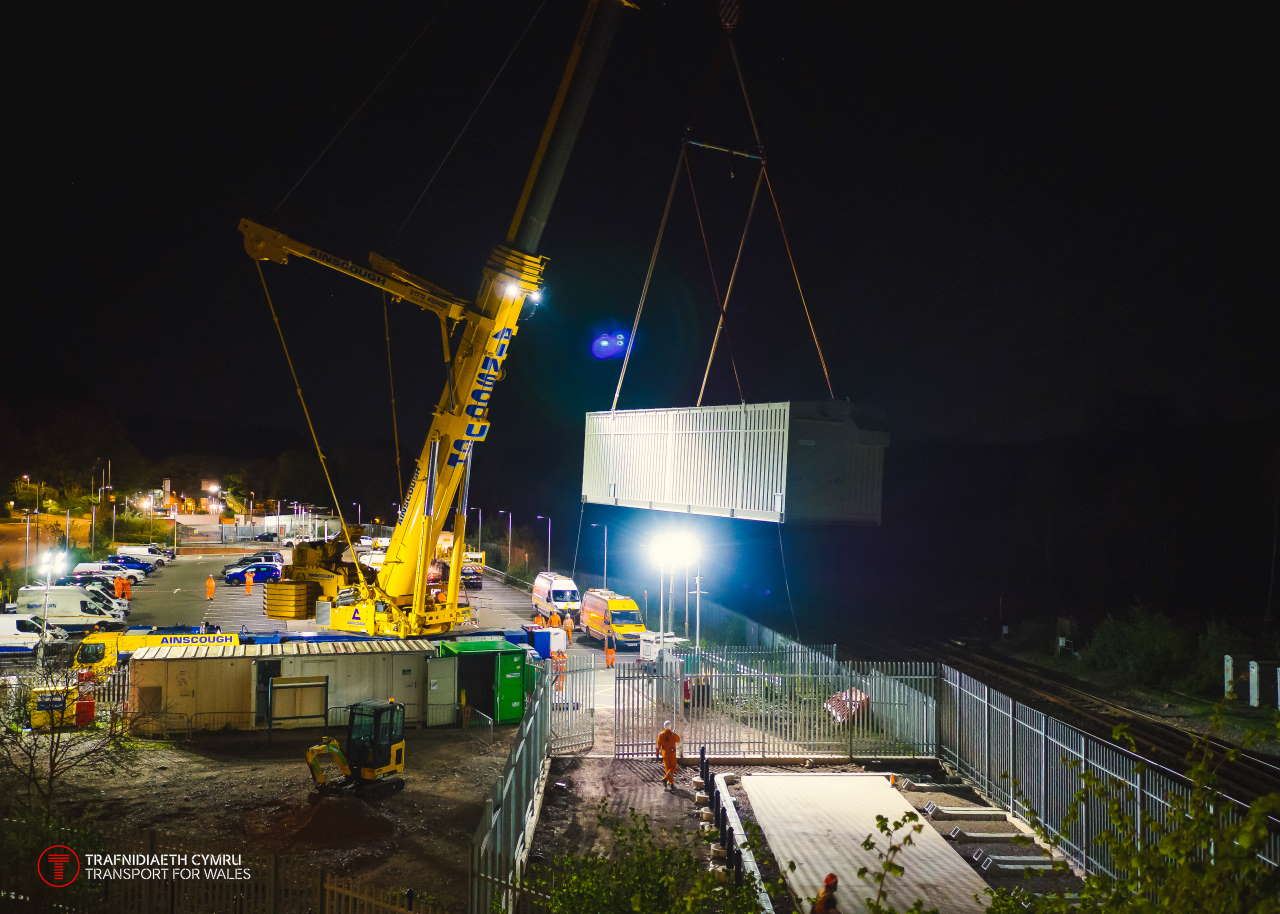Following a three-week closure for construction work on the South Wales Metro, rail services have resumed on the valley lines between Pontypridd, Aberdare, and Radyr.
The line was closed from Sunday, 17th April until the early hours of Friday, 13th May. During the closure, Transport for Wales (TfW) and its partners worked around the clock to complete essential engineering works that are transforming the Core Valley Lines (CVL) for the Metro.
Major milestones achieved include the installation of the first of seven traction power substations, which is also the largest and will power the new fleet of electric trains running in the future.
Also installed were key components of the overhead electrification equipment and other track, civil engineering, and signalling works. These all contribute to TfW moving closer to the electrification of the line, which will provide more sustainable travel.
When complete, the South Wales Metro will significantly improve connectivity throughout South Wales. Also, by unifying rail, bus, and active travel routes, access to jobs, leisure and other opportunities for the people of Wales will be enhanced.
The South Wales Metro project has been part-funded by the European Regional Development Fund through Welsh Government. More information about the project is available on TfW’s website here, as well as a blog article that answers some frequently asked questions about the Metro transformation work.
https://tfw.wales/projects/metro
Karl Gilmore, Rail Infrastructure Director at TfW, said: “This is fantastic progress for us, our teams, and for the South Wales Metro. It puts us another forward step in delivering Metro for the people of Wales.
“The key infrastructure works that we’re carrying out across the Core Valley Lines, allow us to prepare it for the introduction of brand-new tram-trains in the coming years.
“I’d like to take this opportunity to thank all our teams and Alliance partners for their efforts over the past three weeks and also our passengers and lineside neighbours for their patience and understanding.”






Responses